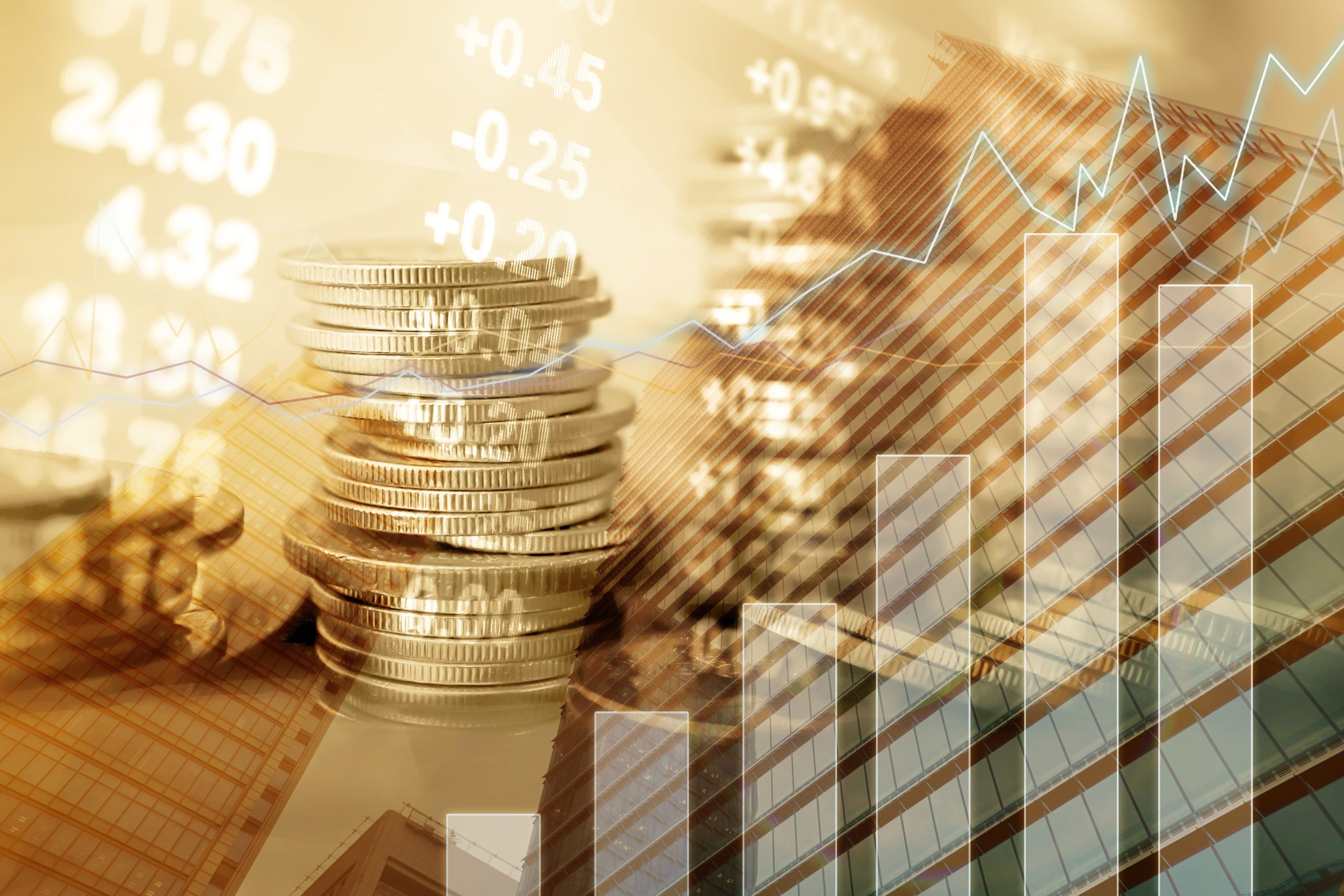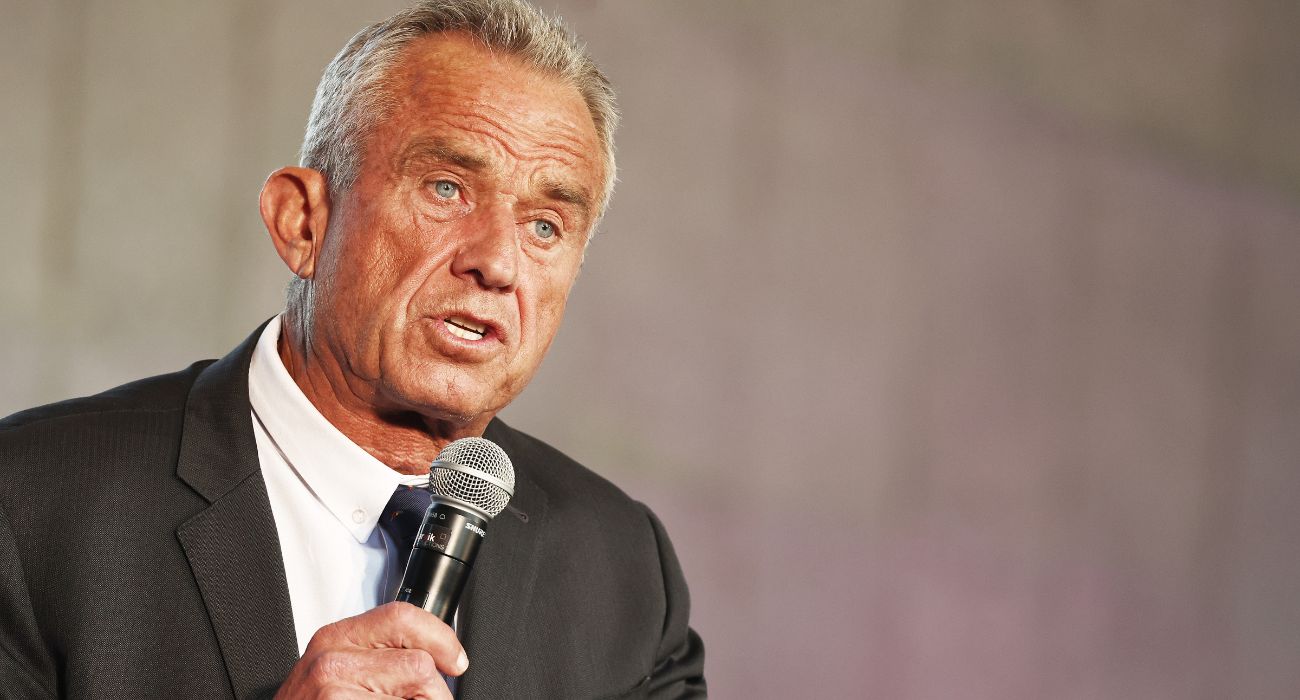According to a report from ZeroHedge, the price of gold fell significantly last week, before rebounding a bit late this week.
Gold is now trading at about $1,840 per ounce, but when prices fell last week, they reached their lowest point since early February. The cost of gold is now below pre-Russian-invasion levels.
Kitco reports the gold market may now be in a “danger zone.”
Analysts believe a spike in the U.S. dollar triggered the drop in the price of gold last Thursday.
June Comex gold futures bottomed out at $1,820.40 per ounce before recovering to $1,822.30 by the end of the week. Gold took another tumble to begin this week, before recovering to about $1,840 per ounce by Thursday.
All of this comes as the U.S. dollar has reached a 20-year-high.
Investors are supporting gold futures right now, but according to Kitco, if it falls below $1,800 per ounce, that could trigger a selloff.
OANDA senior analyst, Edward Moya, says further technical selling is possible as long as the dollar continues gaining and gold is in a danger zone. Until the dollar stabilizes, gold prices will fluctuate.
These events come simultaneously as a selloff in the American stock market. Investors are moved by inflation fears and a doubt that the Federal Reserve can prevent rising prices without a recession.
Moya believes with Treasury yields and the stock market in decline; a capitulation is close. At that point, Wall Street may be more open to risk.
If gold drops below $1,800, the next benchmark for concern would be $1,750.
Kitco reports that strategists at TD Securities believe liquidity right now is low for the yellow metal. As the Fed telegraphs its moves, this encourages the market as it squeezes the price and causes bearish sentiment to build. This creates a liquidity vacuum.
The Senate confirmed Chairman Jerome Powell to a second term, 80-19. Kitco reports that the vote showed broad support for his strategy of raising interest rates by 50 basis points in May.
This is the steepest rate hike the country has seen since 2000, and there is a 90% chance that there will be additional hikes of the same amount in June and July.
The markets are pricing these factors into the equation.
Commerzbank analyst Daniel Briesemann believes rate hikes will continue for the next three Fed meetings, with a 3.0% rate likely by the end of the year.
Investment advisor, Mike Shedlock, says gold is not an inflationary hedge, except in cases of extreme hyperinflation. He continues to say gold is an indicator of faith in government officials.
For example, during the inflationary years from 1980 to 2000, gold prices fell thanks to investor confidence in Alan Greenspan.






